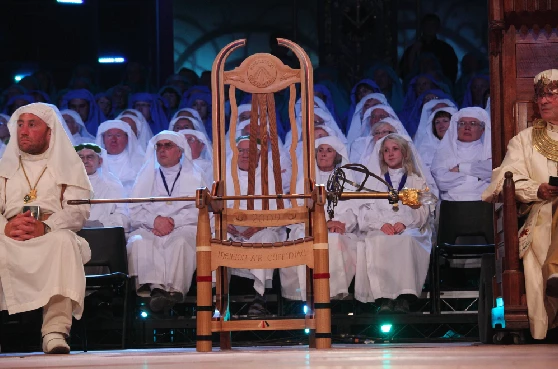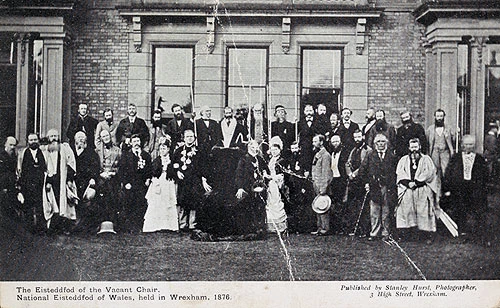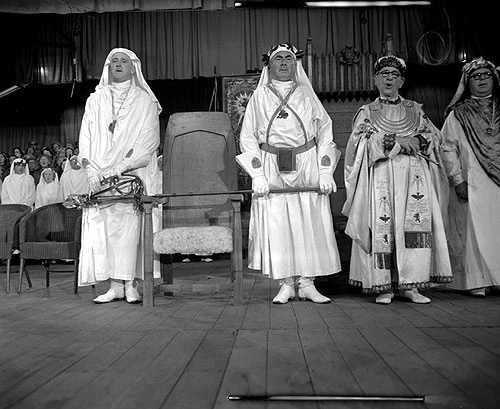Cenedl sy'n anrhydeddu beirdd
Seremoni'r Cadeirio, Eisteddfod Genedlaethol Meifod a'r Cyffiniau, 2009. Nid oedd neb yn deilwng o'r brif wobr y flwyddyn honno.
Seremoni'r Cadeirio, Eisteddfod Genedlaethol Meifod a'r Cyffiniau, 2009. Nid oedd neb yn deilwng o'r brif wobr y flwyddyn honno.

Seremoni'r Cadeirio, Eisteddfod Genedlaethol Meifod a'r Cyffiniau, 2009. Nid oedd neb yn deilwng o'r brif wobr y flwyddyn honno.

Cadair Wag Wrecsam, 1876. Roedd yr enillydd, Thomas Jones (Taliesin o Eifion), wedi marw rai wythnosau ynghynt.

Eluned Phillips, enillydd y Goron, y Bala, 1967. Gwyndaf oedd yr Archdderwydd.

Y Prif Lenor, Elfyn Pritchard, enillydd y Fedal Ryddiaith, Dinbych a'r Cylch, 2001.

Y Cleddyf Mawr ar draws y gadair - neb yn deilwng am y Goron, Aberdâr, 1956. Yn y llun mae Erfyl Fychan, Arwyddfardd; Trefin, Ceidwad y Cledd; Dyfnallt, Archdderwydd; Cynan, Cofiadur.





sylw - (3)
Hello,
Thank you for your comment. I will forward it on to the relevant curator.
Best Wishes
Richard
Digital Team
It would have been nice to cite the sources for this; and explain why it relates at all to the rest of the article about the pantomime that Edward Williams made up?
Presumably the "Nation" in the first part is Wales, so how does the ruler of Deheubarth who has accepted a role subordinate to the principle English King relate to that? "Lord Rhys" even called himself a prince, so why the talk of kings?
You're seemingly playing fast and loose with British history to appeal to the mores of Welsh nationalists. It's unbecoming of a museum.